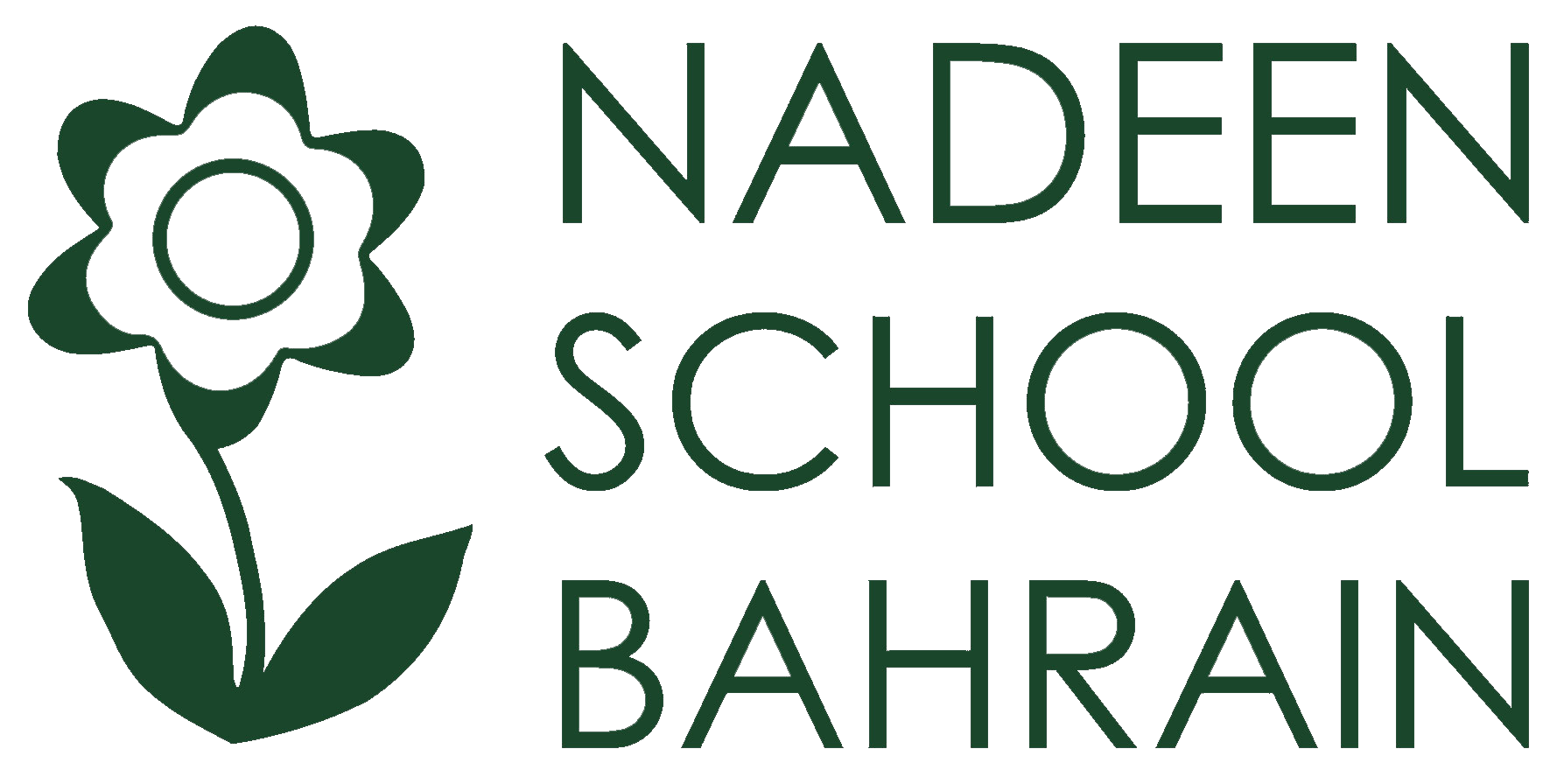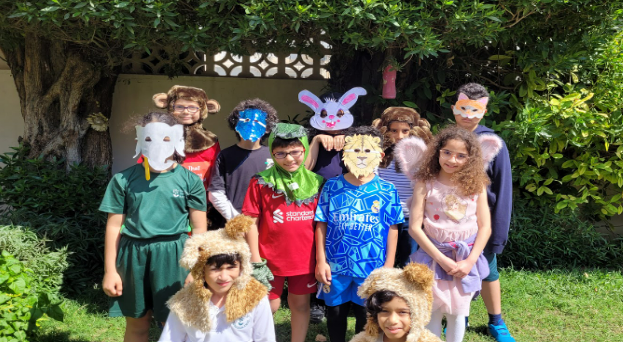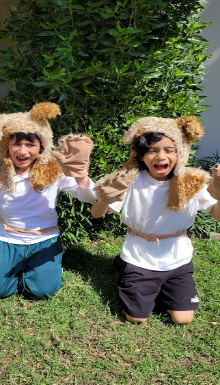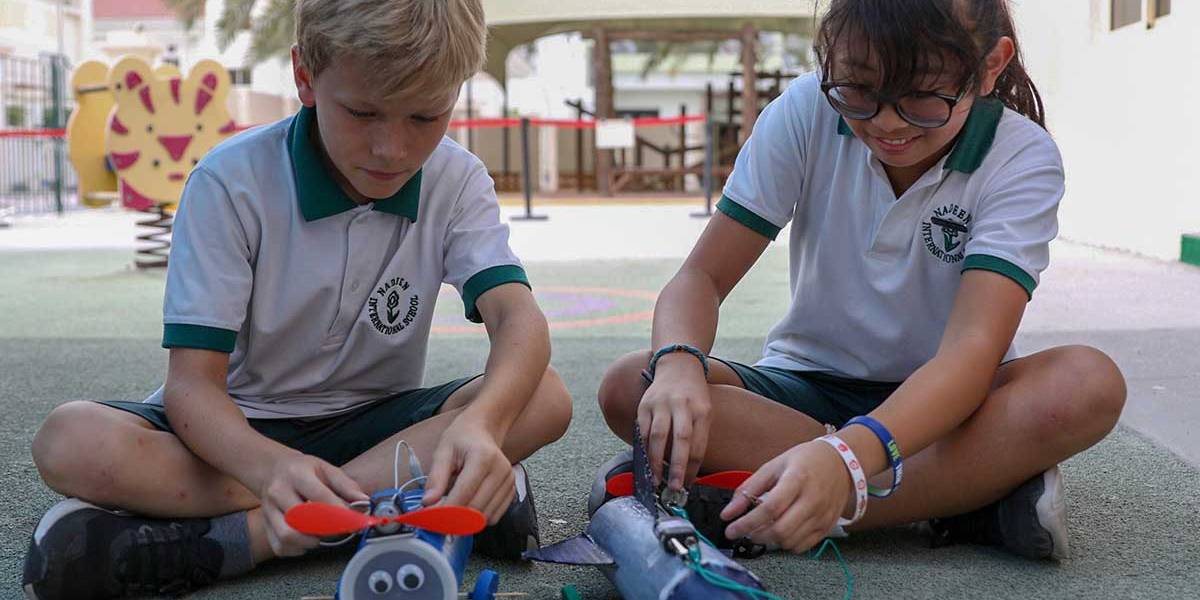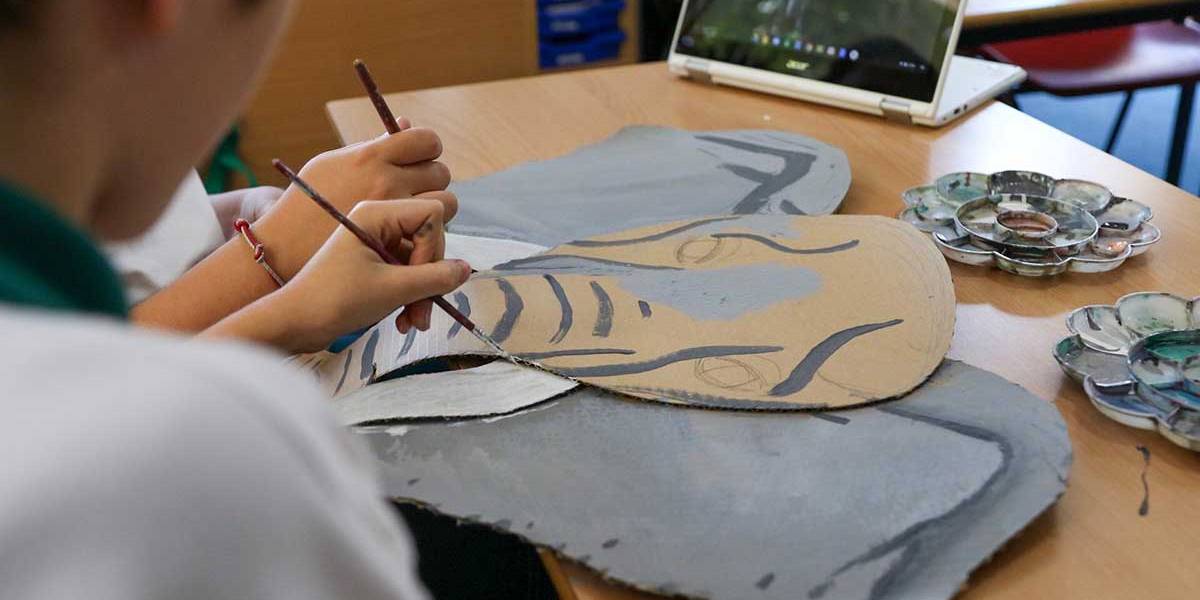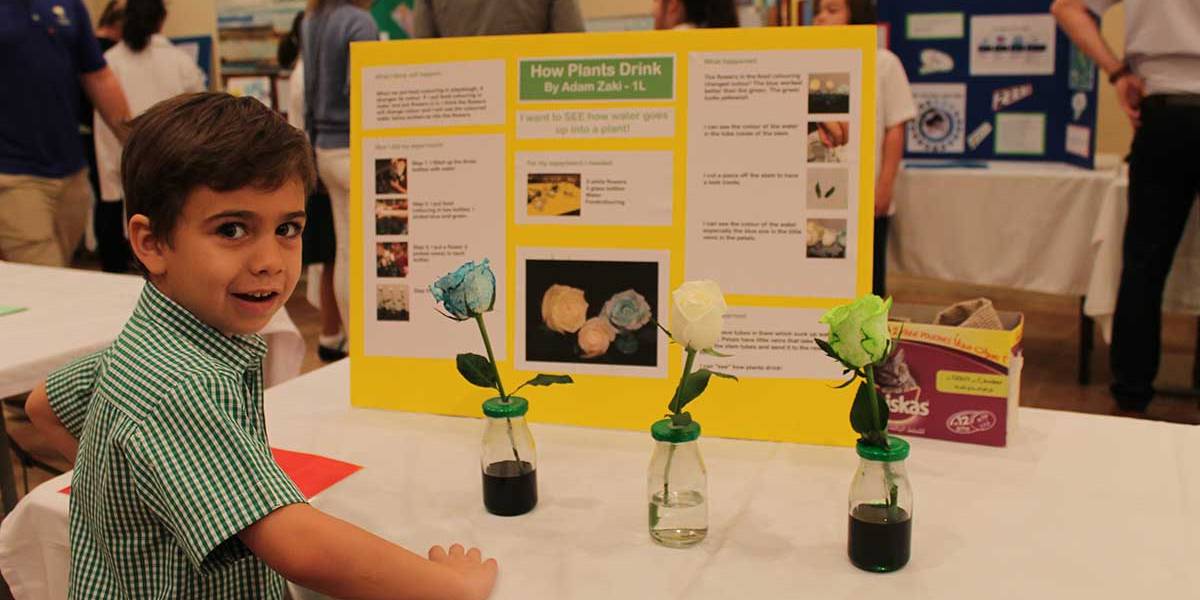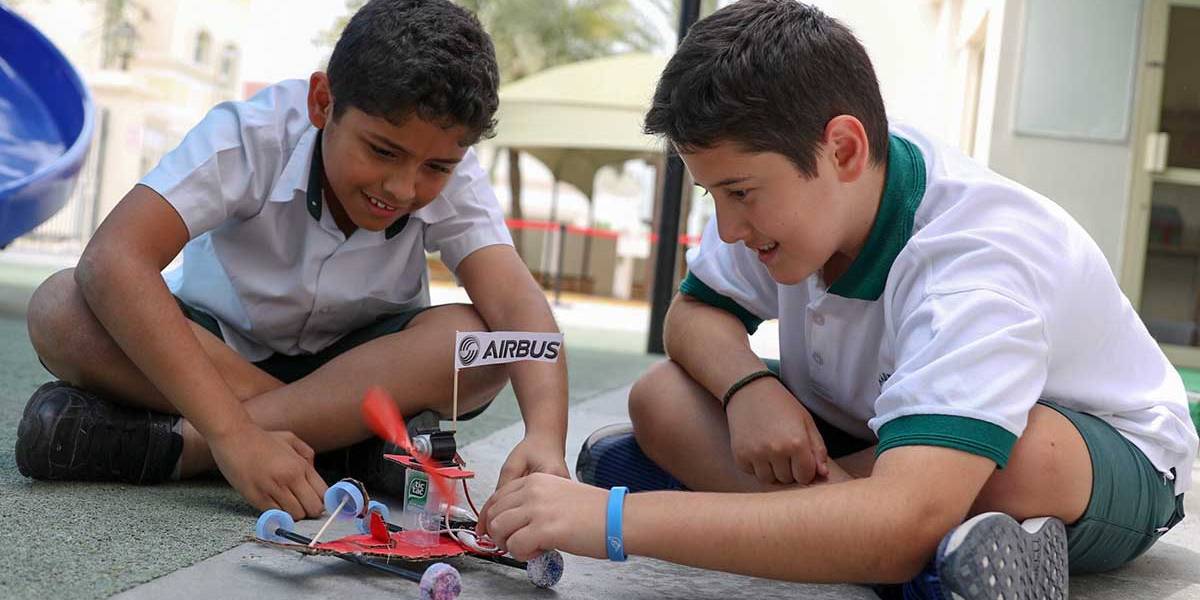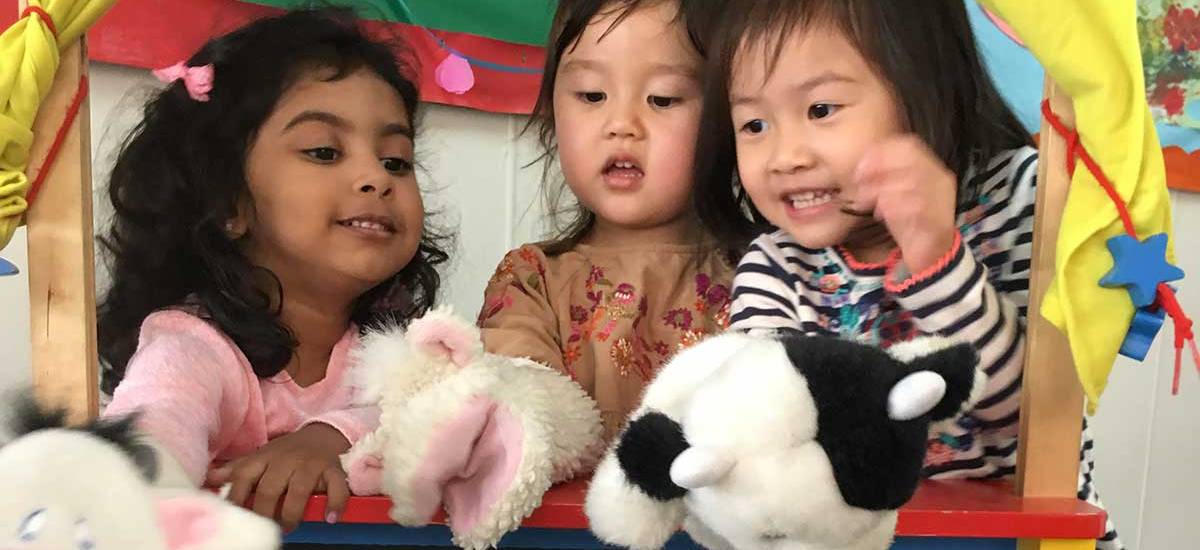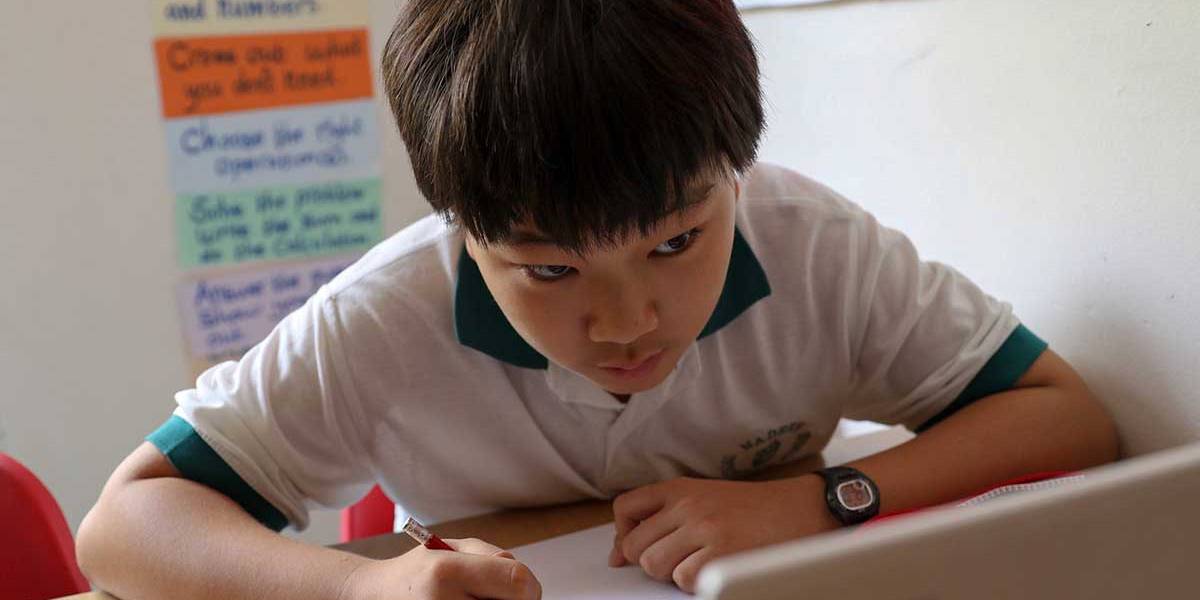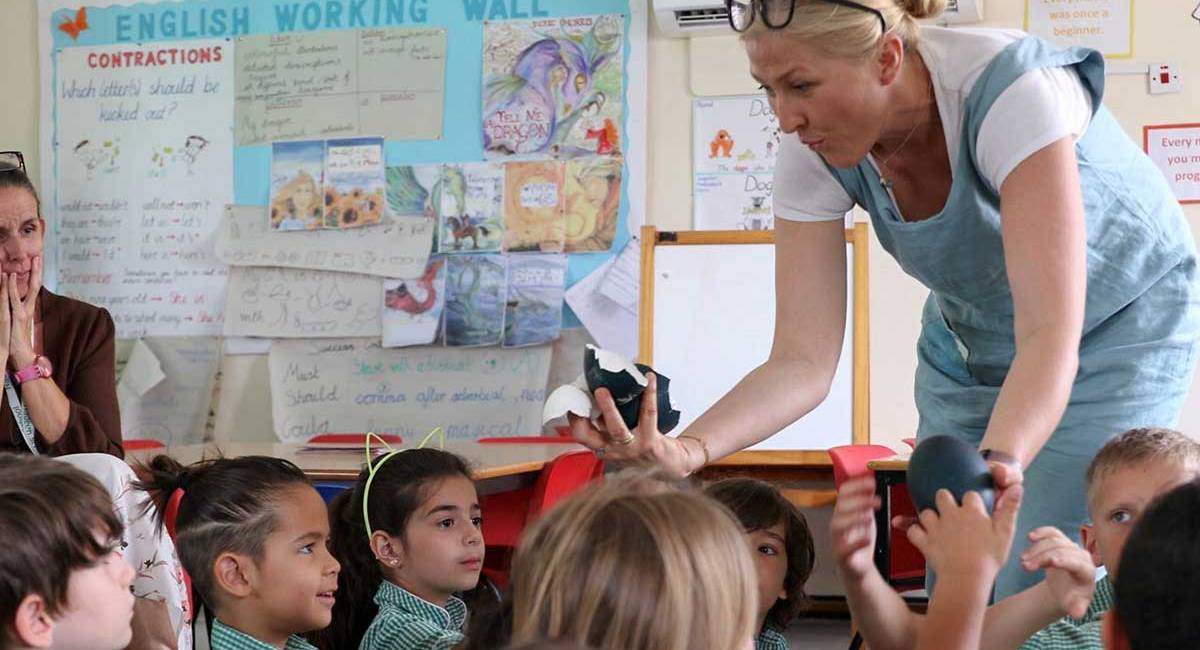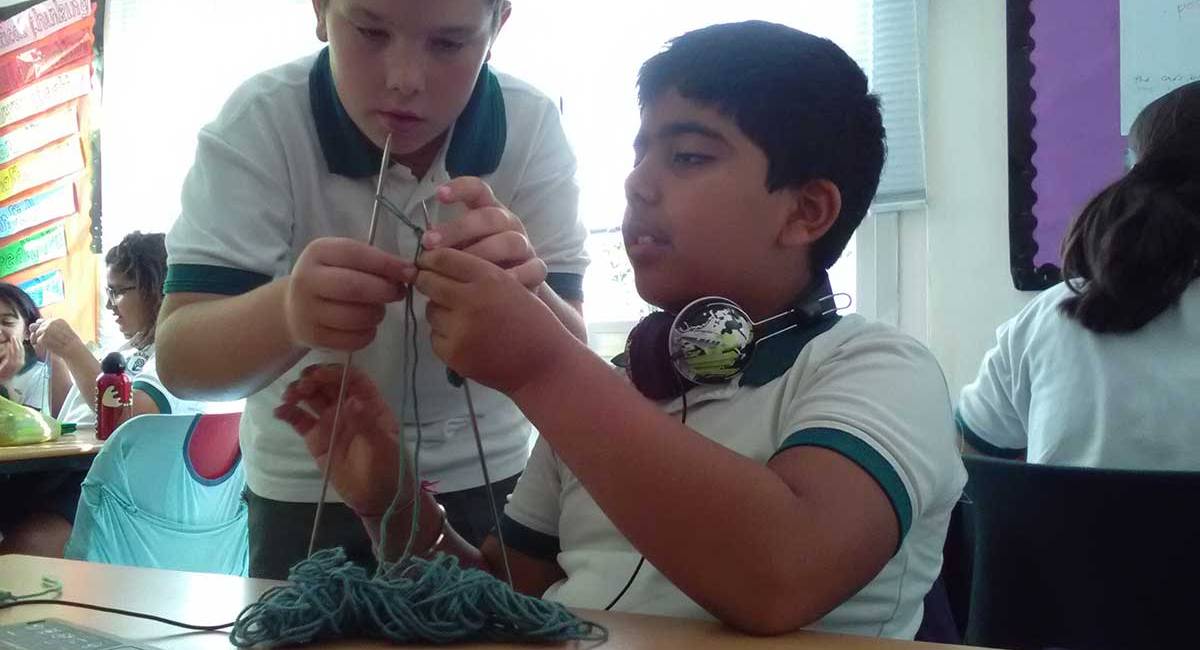Unlocking Instinctive Learning: The Power of Theatre and Drama in Teaching Arabic for Arabic native and Non- Arabic native students. By Basema Al-Najjar
Arabic is a language that is known for its rich history and cultural significance. It is also a challenging language to learn for non-native speakers. However, one innovative and effective approach to teaching Arabic is through the use of drama and theatre.
Utilizing drama and theatre in teaching Arabic has proven to be a game-changing approach in language acquisition, with its many benefits for students. Through the use of drama and theatre, students can learn Arabic in a more engaging and interactive way, which can improve their comprehension and retention of the language.
Learning by imitation means that the individual learns by observing others and imitating them when they are interested in what they observe; early learners learn imitation by nature. Although this skill can be taught and developed by educators, it is inherently instinctive and happens at a young age.
This method was initiated by the American educational thinker John Dewey, whose method is summarised in “for the child to learn academic skills and knowledge through daily life experiences and practice.”
Benefits of using drama and theatre in teaching Arabic:
- Developing the learner’s listening and speaking skills through stories about multiple human experiences from different Arab cultures for native and non-native speakers.
- Developing the art of diction for the learner through acting, which enriches the student’s linguistic Arabic dictionary, and learn new vocabulary in an interesting and fun way.
- Disclosure of the feelings and emotions of the child as well as improving imagination abilities.
- Developing the child’s skills and practising problem-solving skills.
- Identify the ideas and interests of the children themselves.
- Provides a more immersive and stimulating learning environment.
- Developing the learner’s ability to tell stories after listening to them in his own style, to feel the structure of the story and to link the events, as well as to predict different endings for the story.
- Developing the creative writing of the learner, by writing about the character he represented, describing his feelings and attitudes in the dramatic and theatrical work, and his opinion on the work of others.
Using drama and theatre techniques in teaching Arabic can be modified based on the age group of students. Here are some examples:
- The nursery stage: in which the child tends to imitate his father, and the girl imitates her mother.. and the child has an unlimited imagination at that stage, such as riding a stick and imitating it as a horse. They can use puppets or soft toys to help children to associate Arabic words and phrases with characters they recognize, and using songs can help them to remember vocabulary.
- Reception stage: this stage is for playing and acting together. Through words, the child can be taught different values.
- Primary and secondary stage: Acting here has an active and important role in entertaining and educating, in several forms: Practising dramatic games by mixing play and theatrical situations, Educational games that include play and understanding new information. For older students, more complex techniques can be used, such as forum theatre, where students create and perform scenes that explore social issues and themes. This can help students to develop language skills, critical thinking, problem-solving and creativity. Additionally, debate, public speaking and mock interviews can be effective tools for improving language skills and confidence.
In all age groups, it is important to ensure that the techniques used are appropriate for the students’ level of proficiency in Arabic. Teachers can adapt the complexity of language and the level of challenge according to the students’ abilities.
In summary, activating drama and theatre in teaching Arabic can be a powerful tool in engaging students and developing language skills. By using a range of techniques and adapting them to different age groups, teachers can create a dynamic and creative learning environment that makes Arabic learning an enjoyable experience.
What are the basics of Arab dramatic and theatrical work for children?
Arab dramatic and theatrical work for children is based on several key principles. Here are some of the basics:
- Storytelling: Arab drama and theatre for children often start with a good story. The story can be based on traditional tales, modern-day issues, or a mix of both. The key is to create a compelling narrative that captures the children’s attention and imagination.
- Music: Music is an integral part of Arab drama and theatre for children. It can be used to set the mood, create atmosphere, or highlight key moments in the story.
- Dance: Dance is another essential element in Arab dramatic and theatrical work. It can be used to express emotions, convey meaning, or simply entertain the audience.
- Visuals: Visuals such as props, costumes, and sets can help bring the story to life. They can also help children to visualise the story and characters more vividly.
- Participation: Arab dramatic and theatrical work often involves participation from the children. This can take many forms, such as singing along with the music, helping to create props or sets, or even acting in the play.
- Body language: facial and body expressions, gestures.
We have tested this with Year 5 students and it has been a successful trial. Students who usually do not speak the standard Arabic language in class were more engaged in language when engaging in the act. They enjoyed “The Rabbit and The Lion”s story and practised a script of the play in Arabic, They were highly engaged, and found no difficulty in speaking in the correct Arabic language. As a teacher, it was extremely interesting to see that these students were enthused, were open to act out the roles as the animals and spoke currently. Students that often had difficulty speaking correctly, spoke more fluently and with ease. It was found that drama and theatre made the class fun, engaging and gave the students the confidence to speak more fluently. Through gamifying their learning experience, students became more engaged and interested in the curriculum. Due to the success of the experience, we believe that this would also be beneficial to non-native speakers.
For more information, please find the links below:
https://youtu.be/XSbQovvcPM4
https://www.splashlearn.com/blog/drama-and-theater-for-kids-a-complete-guide/
https://angsanaeducation.com/why-is-drama-important-to-your-childs-development/
https://dramaresource.com/drama-across-the-curriculum/
http://teachingthroughthearts.blogspot.com/2011/07/drama-as-teaching-tool.html
https://iminitiative.com/magic-of-story-telling-and-theater-in-classrooms/
